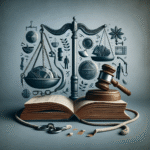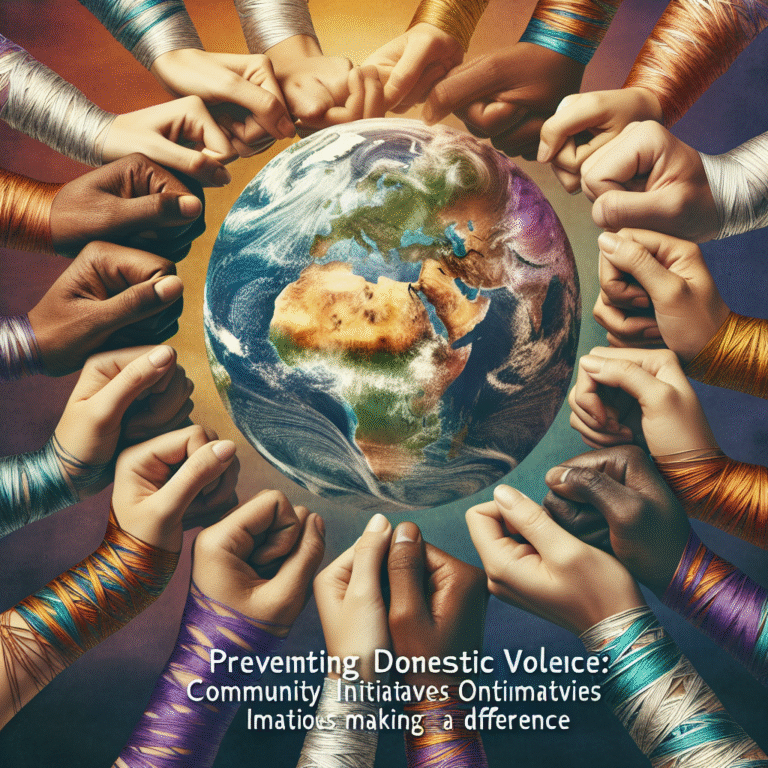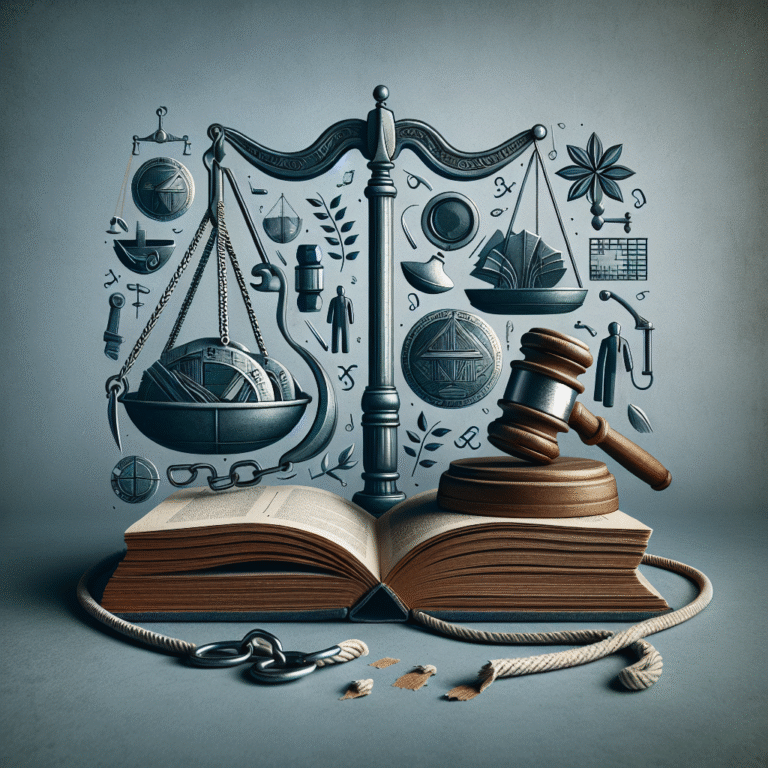
Introduction
In a world saturated with media images and the instantaneous nature of communication, the phrase "seeing is believing" has never resonated more profoundly. Yet, when it comes to eyewitness accounts, this adage can be misleading. The reliability of what we see and how we remember it has been the subject of extensive research, revealing that our perceptions are often shaped by a multitude of factors. This article delves into Seeing is Believing? The Science Behind Eyewitness Reliability, uncovering the profound complexities involved in visual memory and testimony.
The Evolution of Eyewitness Testimony
The Role of Eyewitness Testimony in the Legal System
Eyewitness testimony has long been regarded as a cornerstone of the judicial process. The public often assumes that seeing an event grants a first-hand narrative that is inherently credible. Unfortunately, numerous studies reveal that this assumption is flawed.
Landmark Studies
One pivotal study conducted by Elizabeth Loftus in the 1970s scrutinized the fallibility of memory. Loftus showed participants a video of a car accident and later asked misleading questions about the event. The outcomes demonstrated that people’s memories could be distorted based on the wording of questions, undermining the traditional notion that “seeing is believing.”
Chart: Eyewitness Testimony Reliability by Contextual Factors
| Contextual Factors | Reliability Rating (1-10) |
|---|---|
| Stress Level | 3 |
| Witness Confidence | 5 |
| Time Elapsed | 4 |
| Cross-Race Identification | 2 |
| Presence of Weapon | 1 |
The Psychology of Perception
How Memory Works
Human memory is not a perfect recording device. It is a reconstructive process, influenced by emotions, environmental factors, and even societal expectations. As a result, what we "see" often becomes a blend of facts and our personal interpretations.
Case Study: The Misinformation Effect
Loftus’s Misinformation Effect experiment involved showing participants a film, then exposing them to misleading information. Some participants saw the phrase "smashed into" versus "hit." Those who heard "smashed" recalled higher speeds and more severe accident details—demonstrating how suggestive questioning revises memory.
The Impact of Stress and Trauma
Stress significantly impacts eyewitness reliability. High-stress situations can lead to memory lapses and inaccuracies, preventing the accurate recall of critical details.
Table: Impact of Stress on Eyewitness Recall
| Stress Level | Accuracy of Recall (%) |
|---|---|
| Low | 80 |
| Moderate | 50 |
| High | 20 |
Factors Influencing Eyewitness Reliability
The Role of Suggestibility
Eyewitnesses are often susceptible to the influence of external information. Whether through media coverage, conversations, or suggestive questioning techniques, the external environment can manipulate one’s memories.
The Cross-Race Effect
Research shows that individuals are often less accurate in identifying faces of different racial backgrounds. This phenomenon complicates reliability and raises concerns during legal proceedings, primarily in racially diverse environments.
Case Study: The 1984 Ronald Cotton Case
In a wrongful conviction case involving Ronald Cotton, the victim misidentified her attacker despite certain details matching. Cotton spent over 10 years in prison before DNA evidence proved his innocence. This case illustrates the monumental consequences of flawed eyewitness testimony.
The Neuroscience of Memory and Eyewitness Accounts
Brain Processes and Memory Encoding
Recent neuroimaging studies illustrate that memory formation is a dynamic process involving various brain regions. The hippocampus plays a key role in creating new memories, while the amygdala processes emotions tied to those memories. High-stress experiences can overwhelm these systems, leading to fragmented or altered recollections.
The Fallibility of Visual Perception
Vision does not equal reality. The brain processes visual input and creates a mental image. But distortions can occur during this processing, often without the individual’s awareness.
Legal Implications
Reforming Eyewitness Testimony Protocols
In response to the growing body of psychological literature, many states are reforming how eyewitness identification is handled in legal contexts. Some suggested reforms include:
- Double-blind lineups: Minimizing potential bias.
- Proper training for law enforcement: Understanding the limitations of eyewitness reliability.
- Pre-lineup instructions: Emphasizing that the suspect may not be present.
Case Study: The New Jersey Supreme Court Ruling
In 2011, the New Jersey Supreme Court established new guidelines for how juries should consider eyewitness testimony, emphasizing the need for judges to assess the reliability of such evidence.
Practical Considerations for Witnesses
Tips for Eyewitnesses
For individuals witnessing a crime or an event, knowing how to navigate the situation can minimize inaccuracies in testimony. Here are essential tips:
- Observe Details Carefully: Focus on as many details as possible.
- Avoid Assumptions: Don’t fill in gaps with your imagination.
- Be Aware of Influence: Be cautious of discussions with others before speaking to authorities.
Conclusion
The adage Seeing is Believing? The Science Behind Eyewitness Reliability invites us to reconsider our understanding of perception and memory. As demonstrated through various studies and case analyses, what we see is often not an unblemished truth but a complex interplay of psychological and contextual factors.
As we move forward, the integration of scientific insights into legal frameworks and eyewitness protocols can create a justice system that values not only what people see but recognizes the intricate realities of human memory. This awareness doesn’t just contribute to better legal outcomes but also stimulates deeper societal engagement with the complexities of human perception.
FAQs
1. What makes eyewitness testimony unreliable?
Eyewitness testimony can be unreliable due to factors like stress, the passage of time, misleading information, and the cross-race effect.
2. How can eyewitnesses improve the accuracy of their testimony?
Eyewitnesses can improve accuracy by focusing on critical details, refraining from making assumptions, and avoiding discussions with others that may influence their memories.
3. Are there legal reforms addressing eyewitness testimony?
Yes, many jurisdictions are implementing reforms such as double-blind lineups and better training for law enforcement to enhance the reliability of eyewitness evidence.
4. What is the cross-race effect?
The cross-race effect refers to the phenomenon where individuals are less accurate in identifying faces of different racial backgrounds, leading to increased potential for misidentification.
5. How does stress influence memory recall in eyewitnesses?
High levels of stress can significantly impair memory recall, as the brain may focus on survival rather than detail, often resulting in distorted or incomplete memories.
Understanding the scope of Seeing is Believing? The Science Behind Eyewitness Reliability is not just an academic pursuit; it is a necessary lens through which we can better navigate our dealings with truth, memory, and the justice system.


















